9:30am
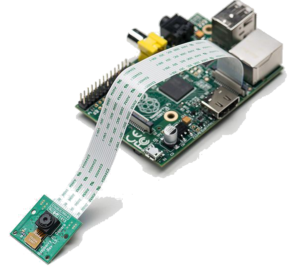 Andrew will share with us his trials and testing with IP -based Cameras, and integration with the Raspberry Pi.
Andrew will share with us his trials and testing with IP -based Cameras, and integration with the Raspberry Pi.
Q-College
Suite 303 771 Vernon Ave, Victoria, BC
View the presentation .pdf here.
MotionEye can support IPv6, see this Bug.
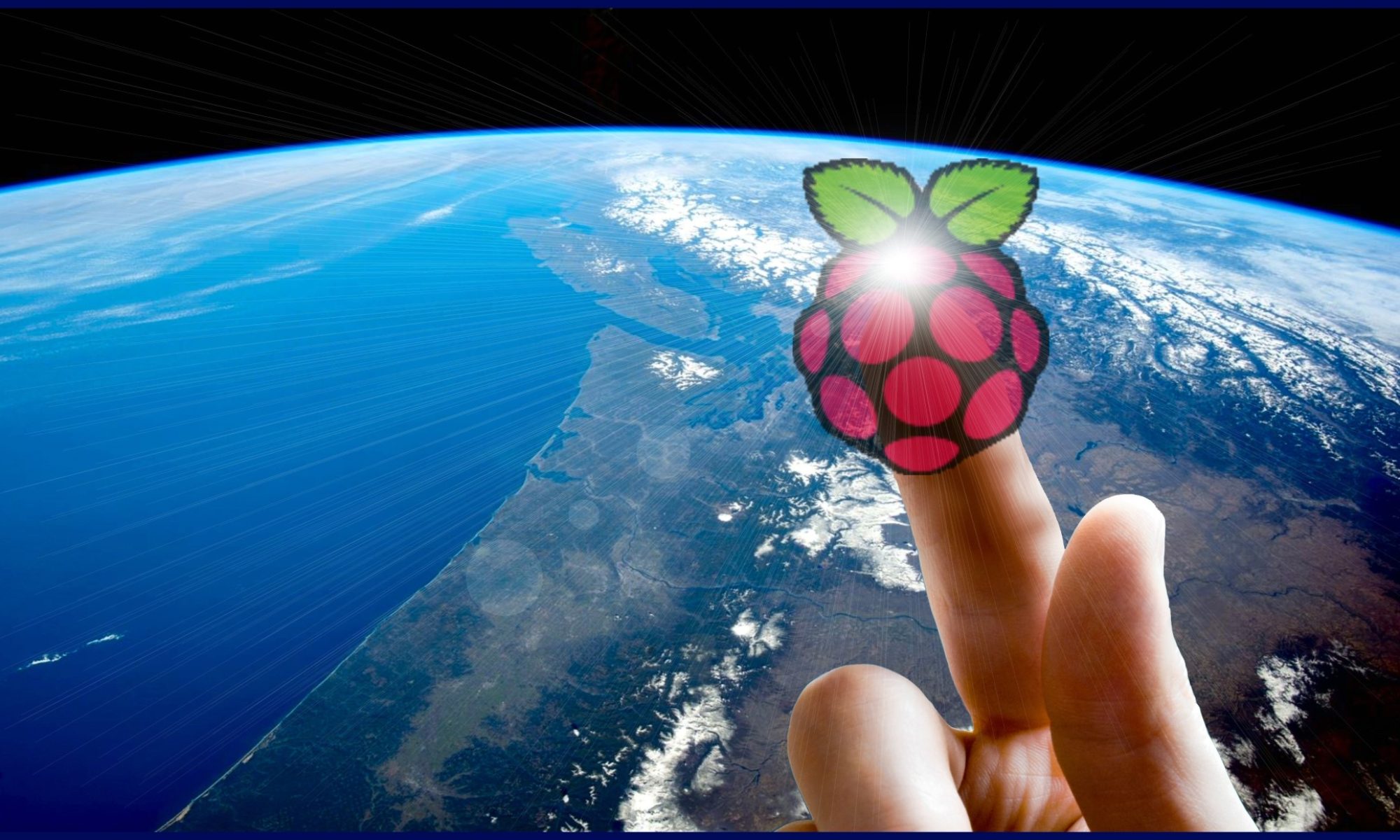
embedded systems to learn and create – 10 years of making, learning and sharing
9:30am
 Andrew will share with us his trials and testing with IP -based Cameras, and integration with the Raspberry Pi.
Andrew will share with us his trials and testing with IP -based Cameras, and integration with the Raspberry Pi.
Q-College
Suite 303 771 Vernon Ave, Victoria, BC
View the presentation .pdf here.
MotionEye can support IPv6, see this Bug.
10:30am
Q-College
Suite 303 771 Vernon Ave, Victoria, BC
 A presentation on creating a house monitoring device, with sensors, reporting via cell phone text interface. Pretty cool stuff.
A presentation on creating a house monitoring device, with sensors, reporting via cell phone text interface. Pretty cool stuff.
See the presentation pdf here or the page here or at Google here.
9:30 AM
ESP8266 OTA (Over the Air) Updates with Arduino IDE. OTA update is the process of loading a new firmware to ESP8266 module using WiFi connection rather than a serial communication. This type of functionality is extremely useful in case of no physical access to the ESP module.
This presentation, by Greg Lawrance, will include a hands on session for those who want to learn more. Please bring your PI, and preload the software referred to in the meetup announcement.
Presentation Notes
http://vicpimakers.ca/projects/esp8266-over-the-air-programming/
Q-College
Suite 303 771 Vernon Ave, Victoria, BC
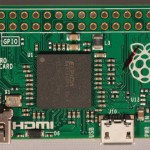 Tuesday, November 21, 2017
Tuesday, November 21, 2017
6:00 PM to 7:00 PM
Q-College
Suite 303 771 Vernon Ave, Victoria, BC
Intro to Pi & Others is a short monthly session to help get you up and running with your Pi or Other (embedded device). It is an unstructured hour-long session where you can ask questions, bring in your Pi or Other (and power supply), and get help with your project.
We plan on holding these sessions once a month on a Tuesday night. If you are looking for a bit of help, this session is for you.
9:30 AM
Q-College, Suite 303 771 Vernon Ave, Victoria, BC (map)
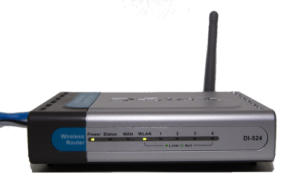 You have seen Craig carrying around routers, but he has never shown you what is inside. In this session, Craig will show you the Open Source alternative to Router Software, which supports over 1000 router models. There is a good chance your router is supported by OpenWrt/LEDE.
You have seen Craig carrying around routers, but he has never shown you what is inside. In this session, Craig will show you the Open Source alternative to Router Software, which supports over 1000 router models. There is a good chance your router is supported by OpenWrt/LEDE.
https://wiki.openwrt.org/toh/start
https://lede-project.org/toh/start
OpenWrt/LEDE also have excellent IPv6 support. What could be better to prepare you for the future of the internet.
View Presentation
This month we’ll be starting the “Introduction to Pi and Others” sessions on Tuesday night, 24 Oct from 6pm to 7pm.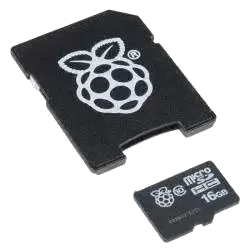
Well be covering the basics of how to get your Pi, or other embedded device up and running, and answering questions.
Q-College
Suite 303 – 771 Vernon Ave, Victoria, BC (map)
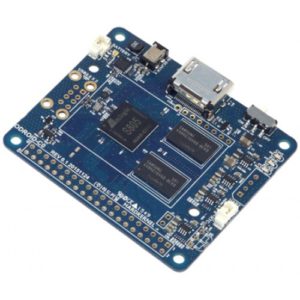 Introductiion to the ODROID, a ARM 64bit 1.5Ghz quad core single board computer!
Introductiion to the ODROID, a ARM 64bit 1.5Ghz quad core single board computer!
The most advanced architecture for mobile devices and embedded 64-bit computing. Featuring 1.5Ghz cortex-A53 cores, high-performance 2Gbyte DDR3 SDRAM, Gigabit Ethernet and eMMC5.0 HS400
Also, Kali Linux, the Security Distro will be reviewed, and will demo some of the tools.
Saturday, 9:30 AM
Q-College
Suite 303 – 771 Vernon Ave, Victoria, BC (map)
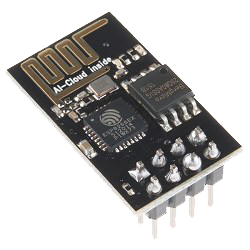 The Internet of things now can control things wirelessly. Control of things using inexpensive radio frequency switches (operating on 433 Mhz) and an ESP8266 micro controller.
The Internet of things now can control things wirelessly. Control of things using inexpensive radio frequency switches (operating on 433 Mhz) and an ESP8266 micro controller.
wiki: https://en.wikipedia.org/wiki/ESP8266
 Saturday, June 10, 2017
Saturday, June 10, 2017
9:30 AM
Q-College
Suite 303 771 Vernon Ave, Victoria, BC
Please join us for a discussion/learning day about embedded projects. Bring in your Raspberry Pi’s, ESP8266, Arduino, whatever, and ask/answer questions and share what you are doing.
Look forward to seeing you there!
9:30 AM
85A Burnside Rd West (at Wascana), Victoria, BC (map)
I²C. A common 2 wire bus, a brief background on how it works, and simple programming the Pi to read from and write to I²C devices on the bus. Devices include: External LCD display, 7 segment LEDs, and Addressable LED lights to name a few.
Join us and learn how to drive the I²C (pronounced eye-squared-see) from your Raspberry Pi.
9:30 AM
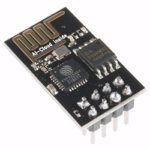 The VicPiMakers and Others, includes many devices besides the Raspberry Pi. At this meeting, Greg, will provide an over view of the ESP8266 is a low-cost Wi-Fi chip with full TCP/IP stack and MCU capability. He will highlight several different modules and dev boards, and the software options of Arduino code, and MIcroPython. There will also be a hands on session with the ESP devices.
The VicPiMakers and Others, includes many devices besides the Raspberry Pi. At this meeting, Greg, will provide an over view of the ESP8266 is a low-cost Wi-Fi chip with full TCP/IP stack and MCU capability. He will highlight several different modules and dev boards, and the software options of Arduino code, and MIcroPython. There will also be a hands on session with the ESP devices.
Blinky Lights on BSD (Beaglebone Black)
Saturday, January 14, 2017
9:30 AM
Victoria Computer Club
85A Burnside Rd West (at Wascana), Victoria, BC (map)
If you ever had questions on how to integrate multiple devices together with 21st century security all controlled via a simple (looking) Android App, you won’t want to miss this meeting.
Join us for a similar but different demonstration of controlling LEDs running on one of the “Others” (a Beaglebone Black) using SSH and BSD. If that wasn’t enough, Mark G will also be showing a Raspberry Pi camera used to confirm that state of the LED, all under the control of a custom Android App.
See the full project here.
9:30 AM
The Raspberry Pi has 30 GPIO pins, but none of them are analogue inputs. At this meeting, we’ll take a deeper look at how to take an analogue signal (like temperature) and connect it to the Pi, and access it via Python.
Presented by Stuart Hertzog
Tired of iTunes? Time for PiTunes! — HiFi audio from your Pi.
You don’t need a PC or laptop to enjoy listening to hifi audio from your personal collection or Internet streaming. And you won’t have to endure the convoluted iTunes interface.
A low-cost Digital Audio Converter (DAC) or DAC and Amplifier such as offered by HiFiBerry or IQAudio will turn any Raspberry Pi2 or 3 into a low-cost and energy-efficient MPD audio server controlled from a Web browser or an iOS/Android app.
Join us as instructor Stuart Hertzog explains how to set up a DAC on your Pi and demonstrates the free and open-source Linux audio software PiMusicBox, Volumio, RuneAudio, and MoOde Audio.
Discover PiFi audio and a world of listening pleasure!
Check out the links for this presentation:
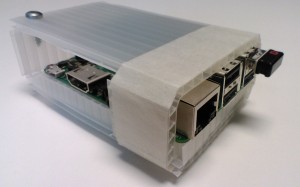 You can make a strong, stiff case for your Raspberry Pi or other small computer using Coroplast, a plastic replacement for corrugated cardboard. A cheap retractable utility knife cuts Coroplast to shape, and scores it to make bends. Holes for mounting screws are easily punched through with a point. See the full plans here.
You can make a strong, stiff case for your Raspberry Pi or other small computer using Coroplast, a plastic replacement for corrugated cardboard. A cheap retractable utility knife cuts Coroplast to shape, and scores it to make bends. Holes for mounting screws are easily punched through with a point. See the full plans here.